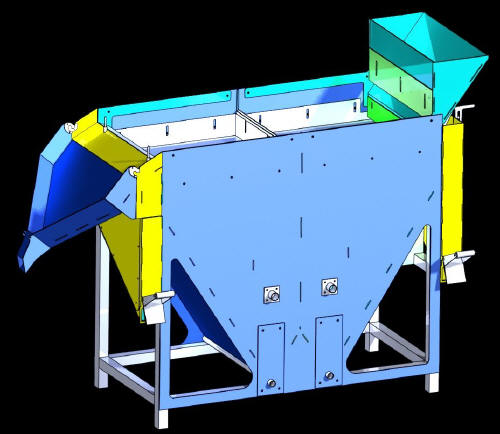| return | |
|
|
|
| The
gravcimetric concentration is a process very used in mineralurgy. An
environmental advantage of this process is that it is physical and
introduces no pollution. Generally, the mineral valorisable is associated with a sterile gangue (except for alluvial ores where the nature releases the valuable mineral). The grinding is then necessary to free these minerals of their sterile gangue. The liberation is progressive during this operation of grinding.
Successive stages of concentration following every stage of grading reduction allow to take advantage of the progressive liberation of the mineral to concentrate, so avoiding a grinding reach the liberation, what decreases the energy consumption and the cost of the treatment and avoids the production of very fine particles which will escape the process of concentration.
These processes are very well adapted to the small installations, but also allow to handle important tonnages. Furthermore, they suits very well to the implementation of mobile units (on dredges or in isolated sites).
The objectives of the gravimetric concentration are a function of physical parameters of the ore:
On one hand, to obtain a final concentrate for the metallurgy On the other hand the production of more concentrated ore, allowing to reduce the global cost of the valuation and very often to increase the metallurgical ratio. The typical example is the one of Gécamines ( RDC) which used only the flottation with a metallurgical raio which had never exceeded 50 %. It ores contained blocks of malachite recoverable by gravimetric way with a metallurgical ratio of 100 %.
The success of a gravimetric separation rests on the knowledge pushed by the mineralogical parameters of the ore to be treated (stitch of liberation, density of the diverse constituents, the presence of mixed mineralogical, grading distribution of the mineral species, etc.).
|
|
| GENIMIN JIG artisanal | GENIMIN JIG industriel |

|
|

